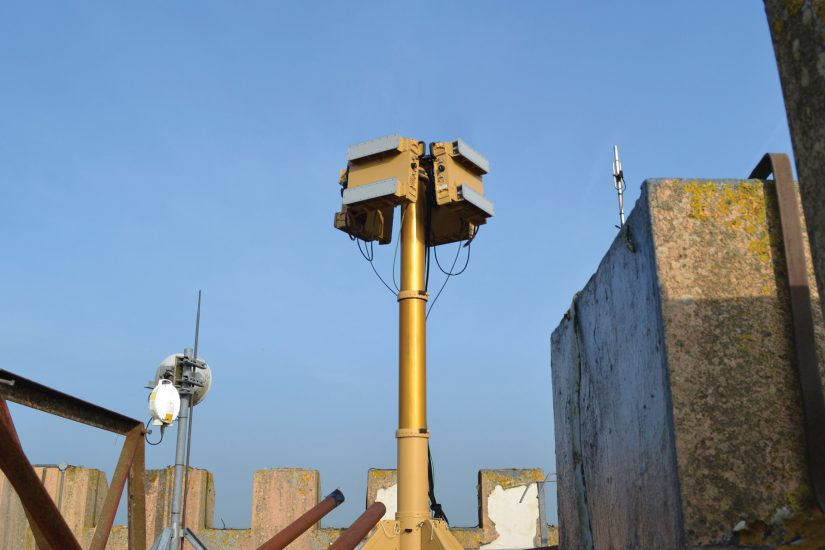Drone detection specialist Blighter Surveillance has published a new white paper on Short Range Air Defence. It is the latest in Blighter’s series of white papers which cover topics such as National Border Security and Multi-Mode Radar.
As modern warfare changes with the growth in stealthy, and agile threats, countries are investing increasingly in their national security and the development of air defence systems. These are used to take defensive measures to counter incoming hostile aerial threats such as ground attack fighter aircraft, missiles and uncrewed aircraft systems (UAS). Air defence systems act as counter-weapon systems for all air threats and are also used for operations such as airspace surveillance using radars and electro-optic sensors.
Missile threats have been addressed with very capable systems, but there is now a prevalence of smaller threats such as UAS and drones to exploit potential gaps in air defence.
Short Range Air Defence systems comprise a collection of sensors that typically includes multiple radar and RF sensors. But it can also incorporate electro-optical devices such as cameras or laser rangefinders. In addition, it includes either a C2 or C4I system to communicate between the various elements and the command-and-control system, and also effectors, kinetic weapons, missiles, or, more recently, directed energy weapons.
Radar sensors for threat detection and identification are at the heart of SHORAD systems. They are the principal all weather sensor and are often supported by electro-optic devices to provide precise angle measurements of aerial targets. Critical to the success of any SHORAD system is the ability for all the component parts of the system to be integrated together and in turn to be integrated within the battlefield communications system.
The White Paper is available here
For more information visit:




